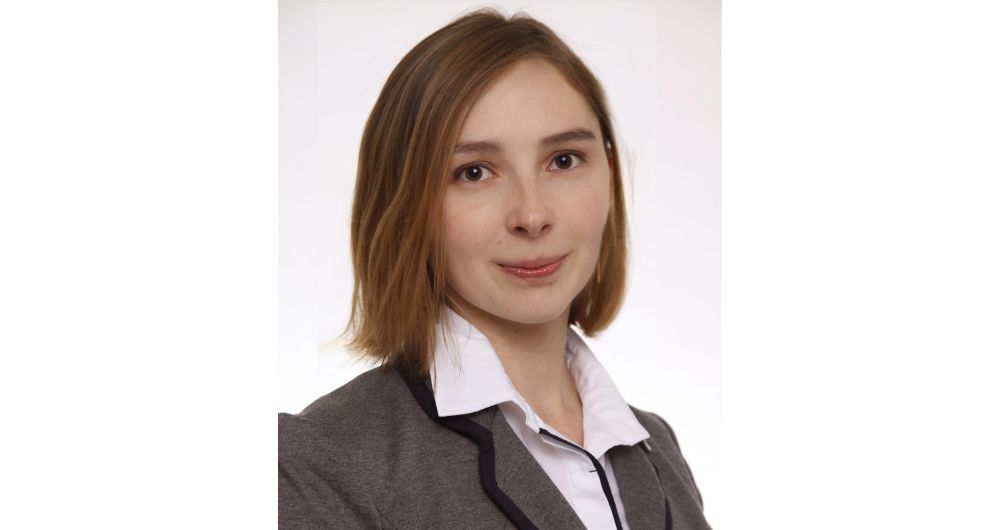
Ireland has a grass-based system of dairy farming, with a uniquely long grazing period, on a global scale, that can be compared only with New Zealand. Grass, being at the heart of the process, cannot just come from any seed. Grass seeds are obtained from grass varieties that are tried and tested for several years in the fields, to ensure that needs of a farmer and cattle are met. For instance, the higher the grass production at the beginning of the season, the more pasture an animal can graze, and the less additional feed the farmer needs to supplement. What is the expected yield of a grass variety, how resistant it is to the diseases – these are just some of the traits we are interested in. Once the basic requirements are met, other factors can come into play. From a sustainability perspective, we are interested in providing feed that is of high quality: nutritious and digestible. Research shows that digestibility of the feed affects how much methane is produced by cattle. It also has an impact on cattle health, and the quality of milk and meat produced. Improving the quality of grass is done with traditional methods of selection. The best parents (for traits of interest) are chosen for crossing, and with enough time the subsequent offspring populations can be improved.
Time is of the essence, as one cycle of selection in grass can take up to seven years, counting the testing (phenotyping) phase in the field; and fifteen years in total until new seed hits the market. Fortunately, there is hope to increase the rate of improvement (genetic gain) we can achieve yearly, turbocharging the process.
Our work focuses on two aspects of grass breeding: increasing the number of individuals that can be tested at the same time, and reducing the time it takes to phenotype new grass plants. We use near-infrared spectroscopy (NIRS) to increase the capacity to phenotype plants and make the process more high-throughput. In a traditional scenario, each sample of grass needs to undergo an analysis at a laboratory to obtain an estimate for its nutritional value. NIRS is an alternative indirect approach to the problem, as this technique allows to obtain a unique scan of the grass sample, with measured absorbances at different wavelengths corresponding to molecular composition of the sample (due to presence of, among others, O-H, N-H, C-H bonds in proteins, lipids, carbohydrates). Since an NIRS scan carries information about nutritional composition, we can use it to develop predictive models at a fraction of the cost, training the models on a smaller number of samples with corresponding analytical measurements, and then using the models routinely. Instead of running multiple analytical laboratory measurements, one scan of a sample is enough to provide information about all traits, for which models were developed.
In an effort to make the process even more efficient, we attempt to develop models that allow us to predict grass phenotypes (“observable traits”) using only plant DNA. If successful, we could reduce the time for one cycle of selection to one year, as the plant assessment could be performed on seedlings.
We use machine learning and optimization algorithms to create these new analytical tools. Once developed, they should allow grass breeders to make more informed and precise decisions in plant selection, giving rise to new improved grass cultivars, in a reduced time.
This project has received funding from the European Union’s Horizon 2020 research and innovation program under the Marie Sklodowska-Curie grant agreement No. 841882. This project has also received funding from the Irish Department of Agriculture Food and the Marine DAFM (RSF 11/S/109), and Science Foundation Ireland and the Department of Agriculture, Food and Marine on behalf of the Government of Ireland – Grant 16/RC/3835 (VistaMilk).